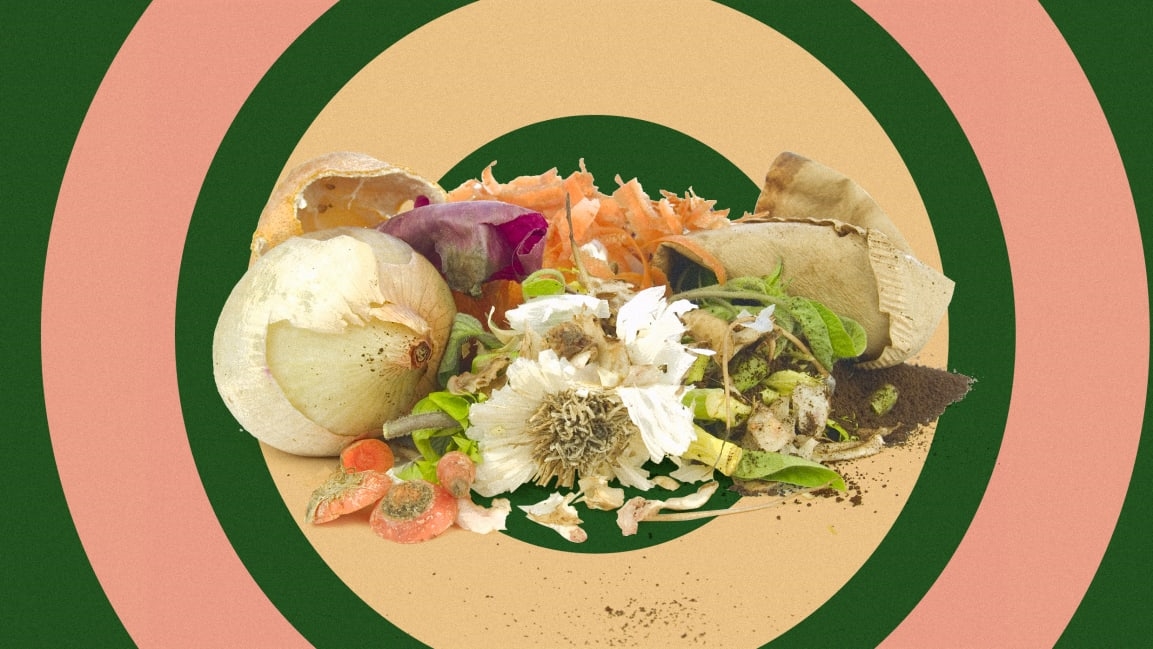How Durham is using user-testing to design a compost system that works
In the city of Durham, North Carolina, roughly 30% of the garbage residents throw away is compostable. Two-thirds of that is food scraps (the rest comes from paper products). The problem: Like most municipalities, the city doesn’t offer a residential composting program. And not everyone has the space or desire to build their own slightly stinky backyard bins.
So earlier this summer, Durham started prototyping how to solve its problem on a citywide scale. The idea is to start super small and learn quickly. It’s being supported by the city’s cross-departmental “i-team,” a group of in-house technology and design thinkers funded by Bloomberg Philanthropy. I-teams typically work alongside city leaders to find efficient ways to improve citizens’ lives.
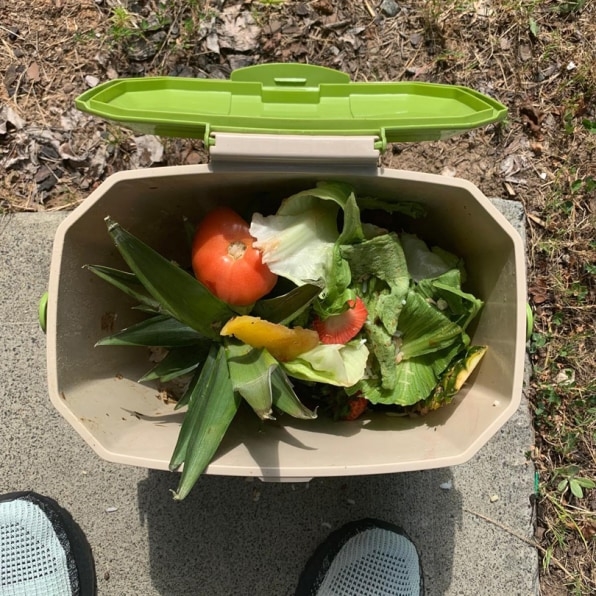
Before launching the program, Durham figured out if it was economically feasible and even desirable. It discovered that yard waste collectors could probably cart away kitchen and other household waste just as easily. Combine that with some nitrogen-rich “biosolids” from the municipal water treatment plant, and you’d have a nitrogen-rich slurry that decomposed quickly. A survey of several thousand residents also showed they were interested in participating, although many still needed to be taught.
Before launching the program, the team interviewed many residents about what kind of a collection process might work or not. “People get really attached to their methods,” says Shannon Delaney, the i-team strategist “So finding a way that works for them without being prescriptive was interesting for us.”
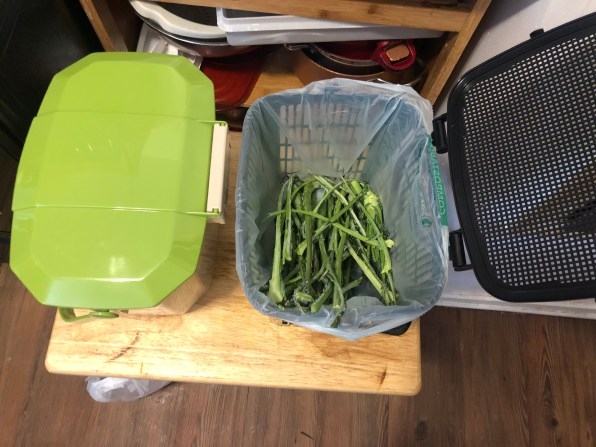
In June, Durham ran a two-week prototype with just eight households. Each was issued two types of one-and-a-half gallon buckets and biodegradable plastic liners. One was totally solid with a firmly clasping lid, the other more lightweight and perforated so residents could track their progress. The trash was picked up and sorted through weekly, so that the i-team could understand what was working and talk to residents about any concerns.
All told, the effort netted more than 235 pounds of food along with several extremely important lessons. For instance, people like solid bins because they’re more durable. There are also challenges with what the team calls the “ick factor”—smells and bugs—that can be solved by freezing rapidly spoilable things like disposable meat and then placing it in the bin directly before pickup. Having people help shape the process appeared to increase their buy-in of it. “One of the most interesting takeaways for me was people’s willingness to really try something, even if they had never done it before,” Delaney says.
Some people added problematic contaminants to the process, often keeping things wrapped in packaging that won’t compost. Others missed part of the point of the exercise, using it as a chance to simply unload lots of unwanted food.
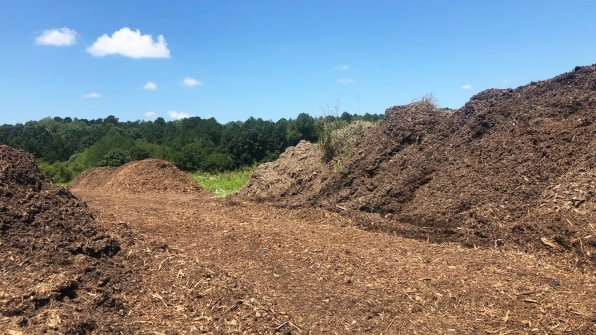
[Photo: courtesy Durham i-team]
“It’s not just going to be about food waste diversion,” says Muriel Williman, the city’s assistant solid waste manager, who is piloting the project. “So now we’re going to focus more on the source reduction message. Food is a resource. So we want to [encourage residents] to plan better, so that we’re buying smart and we can preserve what we don’t eat right away, so that we could eat it later.” That way, composting is seen a good but secondary choice for food that might otherwise get consumed.
The city plans to run another two-week prototype at the end of October, this time focusing on how to both encourage better household behaviors and streamline the collection process when things get set out at the curb. Delaney and Williman suspect that feedback from city collectors will be equally crucial in shaping the process and especially figuring out how to spot mistakes to what steps should occur to gently correct them.
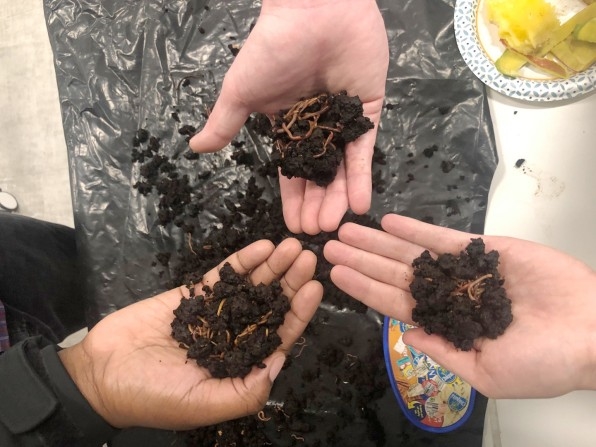
If that’s successful, the city will move on to a larger-scale trial with about 200 residents several months later and only then contemplate how to roll what’s working out across entire neighborhoods. Delaney adds in an email to Fast Company that the in this case “slow and steady” works better than instituting something people don’t fully love or want to participate in.
Cities that do have their own composting or programs often outsource to contractors, which isn’t necessarily the most cost-efficient in the long run. But one of the benefits of Bloomberg’s i-teams is that they’re embedded in many cities, creating a network for sharing learning among leaders pioneering creative solutions. Bloomberg has been sharing public progress updates on Medium for anyone interested in learning more.
Durham may not stop with just curbside pickup. “There was a very significant interest in the public for backyard composting also,” Williman says. “People are really interested in looking at this as a resource, not just for diverting waste.”
(23)


